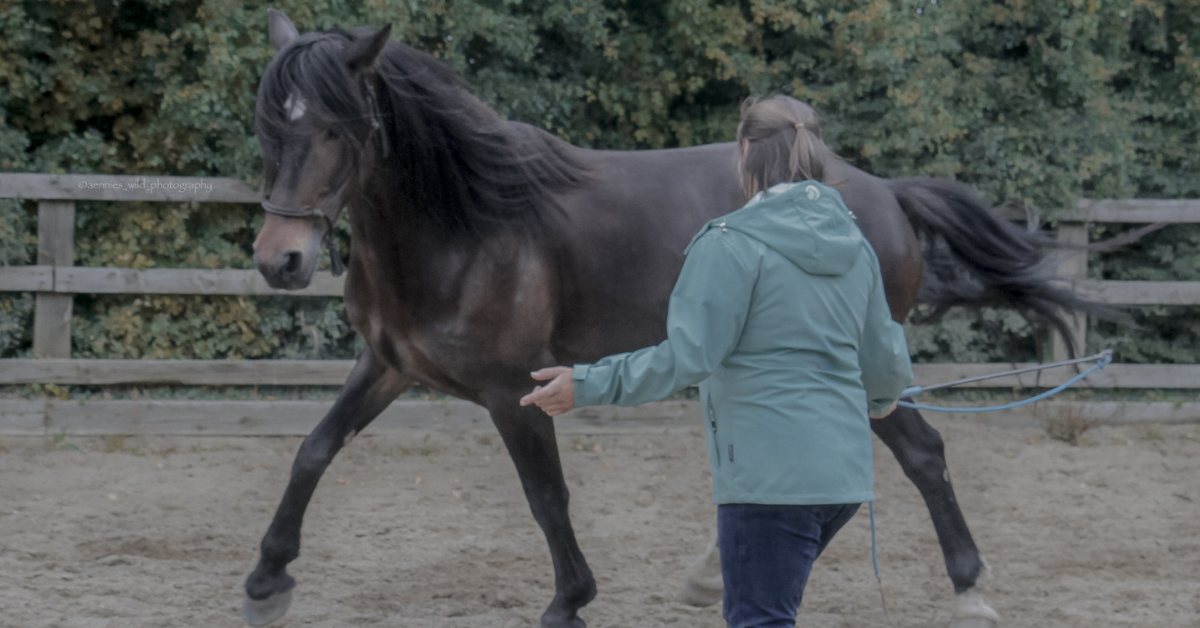
Isn’t it amazing to see all the horses on film and what they’re capable of?!
But how do they do that? How is teaching them to do these things and what kind of horses are being used on film? A couple of weeks ago I made my way down to Enniskerry, Dublin to meet Lisa.
Lisa provides horses for tv and film! It was super exciting to be able to ask a lot of questions and get all the answers.
Anna: Introduce yourself!
Lisa: My name is Lisa Reilly and I’m 27 years old. We are based in a livery yard in Enniskerry, run by Avis Wotton who I work alongside to provide horses for use in films & TV. When I am not on films I am an animal care assistant in the UCD veterinary hospital in the large animal yard hospital. Basically I’m looking after the horses there. Pre and post-surgery check-ups, general care while they are in hospital.
A: How did you get to “horses for film” instead of being a showjumper or dressage rider?
L: I did riding lessons when I was a kid, like everybody else, but I stopped. Then I got back into it when I was about 15. Started normal lessons again and it lasted for like two weeks and I was like “No, I’m bored of this”. I was never really into jumping and a friend of mine had a bad fall while jumping and I decided I didn’t like it. Not for me. I loved horses and riding but there was just nothing for me in normal lessons. That’s when I joined the polocrosse school instead. That gave me much more of a buzz. I was always more of a team’s sports person when I was younger and the whole adrenaline thing was great. That has been going up until now. Polocrosse was very good to me. I was lucky to play for Ireland on several occasions and was able to travel with polocrosse. I went to England, Holland, France, South Africa, Australia. It’s great.
We brought development teams over to the European championships in 2018 & 2019, we played twice before covid and came second in the first one and in the last one we won.
That’s how I got properly into horses. The first horse I owned was a polocrosse horse.
About six years ago we got through a friend to do a little bit of filming. Getting horses out and stuff. From there it’s growing a little, bit by bit. We are very fortunate being able to work with great people on films but it’s always been a dual purpose because we always bring the polocrosse horses filming too.
A: Why the polocrosse horse? Are they more hardy or braver than other horses?
L: Yes, their previous training helps a bit with the film work as they don’t mind shields and swords swinging around them. They’re used to the rackets and being in crowds of horses, horses crashing into each other and people screaming. That’s being great as far as battles and stuff on horses. It’s great as we don’t require a different set of horses. They’re hard to keep. It’s good that we can use our own horses. Only more recently we started buying and training different horses specifically for filming. For example Furbo and Millie who you’ve seen. Then we got more interested in the stunt side and specialty side of it, where it’s not just “crowd horses”.
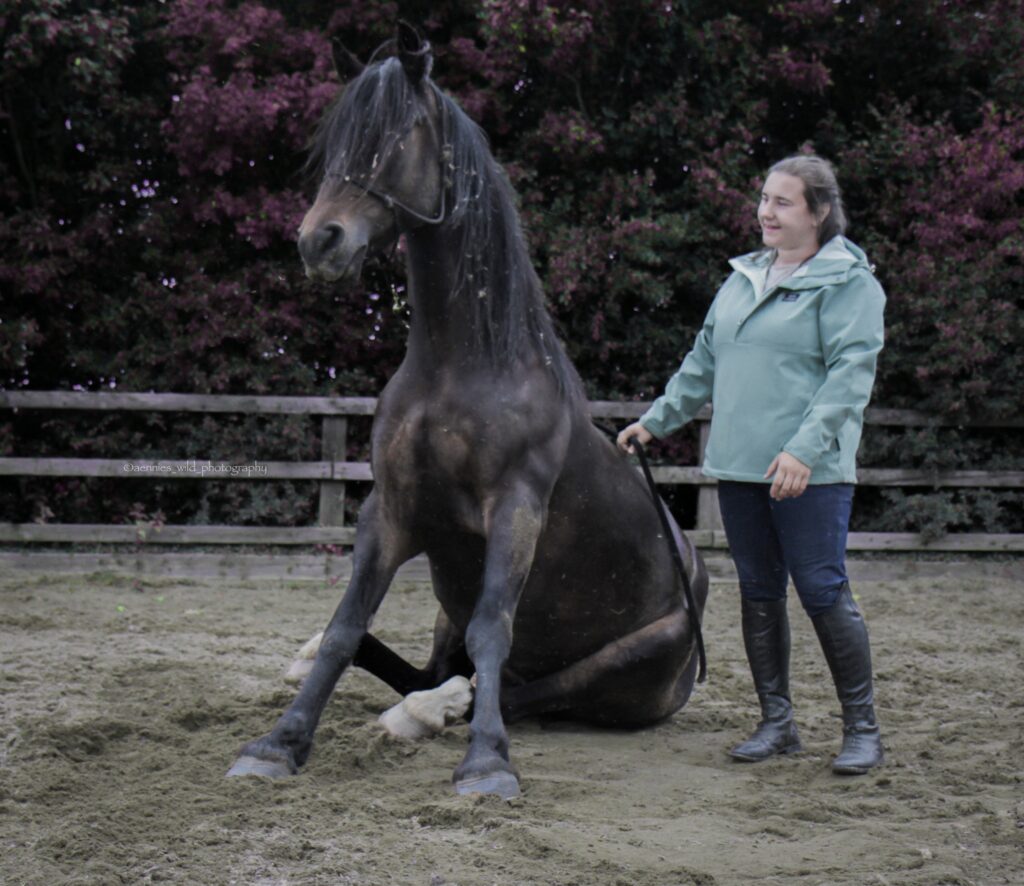
A: How do you approach the training of the horses? How do you train the horses? Or do you watch YouTube videos or do you read books about horsemanship? How do you do it?
L: Pretty much Avis taught me everything I know about horses in the beginning. I have been very lucky as Avis is a fantastic horsewoman and she has sort of developed her own way of training horses combining years of experience which is more closely linked to the natural horsemanship sort of way of doing things and I suppose that’s always positive to me and I could just sit here and watch her thinking “how are these horses doing those things?” So I have been very fortunate to have been able to work & learn so much from Avis over the years. The trick and stunt side of it grew from there between the both of us, it wasn’t something either of us had done a huge amount of before but we were able to develop this side of things in our own way using the methods we were already using and then finding new ways to develop and teach these things. We have had great success over the past few years and now are delighted to have horses that will lie down, rear, and work at liberty on command amongst many other things, all of which are a great asset to us.
A: So you have something in your head you kind of know what you want to do and you find a way that would suit the horse?
L: Yes, you kind of work backwards a bit. You break it down piece by piece. Natural horsemanship with positive reinforcement and pressure release that is combined and balanced of both. We don’t do a lot of training with treats as the horses would get up and be like “Treati?” Not ideal for filming.
They’ll do it for the love and the attention they get then when they come back home.
Horses need to get down and lay there and come back up and they can’t look for treats, it just doesn’t work for film.
We can do it this way, as we have a relationship with the horse. The liberty work built that -where the horse will focus on you . There could be several cameramen, cast, crew and 100 extras (means assistance, actors and so on) and the horse needs to look for and find you in the crowd. And when they see you they know, ok I’m meant to be here and they don’t get excited. That’s the way they “feed” off of you in that way. I think that is coming from the natural horsemanship and the connection you get and build up with the horse.
So many times I got a new horse and I thought “I don’t know how it should teach this horse x or y” and then you go back to the basics because you realise someone has skipped a few steps. So you need to go back to the start and go again. You’ll find out what problem the horse has and sometimes you’ll have to go back to the basics again and again.
A: What’s the biggest challenge you face?
The biggest challenge is – Building a connection and trust with the horses. If you have a connection with the horse you can teach the horse and they will do things for you and with you and enjoy doing so, otherwise you are only making them do it. They will know the steps, and they will know what you are asking them to do, but if you want it to be 110%, they need to be working with you and not against you. You need to get there, that you teach them something and they want to do it for you – this is a whole different ball game.
A: Can that be dangerous in the end – at the film? Because the person that works with the horse is not always you is that right?
L: Yes that’s right. You need the horse to get trust to do it and once they have the trust in you and themselves they’ll do it for other people. Trust makes all the difference and that is probably something I learned the hard way, especially with Furbo.
In the beginning I was able to teach him things, but it wasn’t really there. He wasn’t really there. He wasn’t doing it for me, he was just doing it because he had been taught to do it and he is a good boy but this allows other things to creep in and they behave differently in different situations, such as on set. So I got back to the basics, worked on that and we got a good bond and trust with them and it’s totally different. He is looking at you and he is asking what I want and he has that spark and he trusts and has confidence that no matter what situation we are in that he can be vulnerable, for example when lying down, and he can trust that he’ll be ok. That makes all the difference.
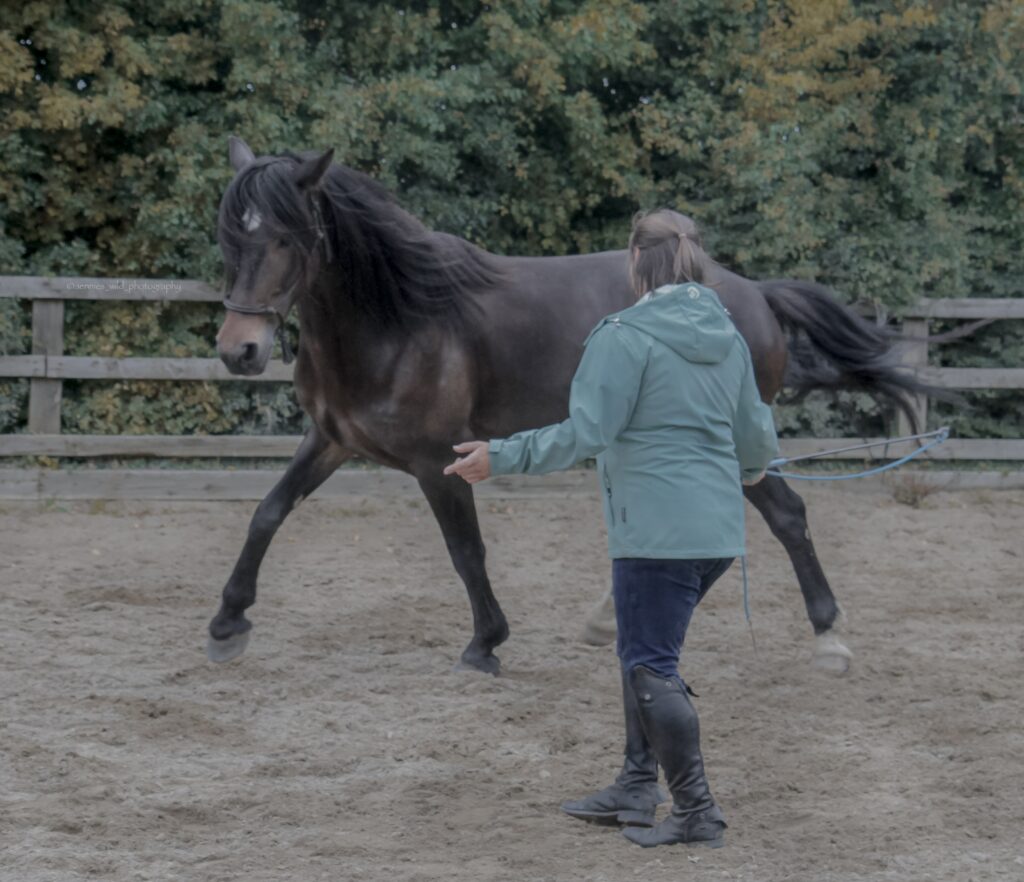
A: What is the hardest trick to teach?
I supposed it’s the rearing. It’s a funny one, because it might not be the hardest to actually teach, but what people dont realise is that its the hardest to be confident with and be safe with, for both you and the horse.
A: Not the fire? As I’d think that would be a natural instinct for the horse to try to get away from.
L: It is tricky and it depends on the horse too but the fire, and the way we teach and introduce things, we get around that quite quickly and they’re ok with it. For example we could have a fire in the middle of the arena and we can’t even get a horse in that gate in the first couple of days and slowly we get there. And all of a sudden they come around. That could have been the spookiest horse on the road and now you can hold a flare. Once you introduce it the right way they actually do come around very quickly. You just have to go about it the right way. The fire doesn’t cause as many issues as you think.
A: What about the rearing?
There are two different types really. The ridden one and the one from the ground.
The ridden one is a bit easier to teach as you have all these aids like hands and legs. It wouldn’t be the way I like to do it. I usually teach from the ground first. It takes a long time to get to that point where you can “throw” all your energy against them to get a big energetic rear and they don’t take off or they use it against you. The biggest problem with it is if you teach a horse to rear, it’s always going to be there.
Horses are always looking for the answer in your question when you are working with them. So once you teach them to rear, that’ll become one of their answers. Next time you’ll try to teach them something new, there is always an option that they’ll ask “is it this one?”. You have to have it very specific. They need to know – that’s when we do it and that’s when we don’t do it – . That can be quite hard. And again,in the beginning you are throwing your energy towards them and you don’t want them to back away from it. You need to make sure that it is very specific how you ask for it, especially when it comes to the ridden rearing. Imagine you put someone on the horse who usually doesn’t ride and gives the wrong aid.
You need to finetune your aids and signals. In the end you only want to ask little but you want the best outcome.
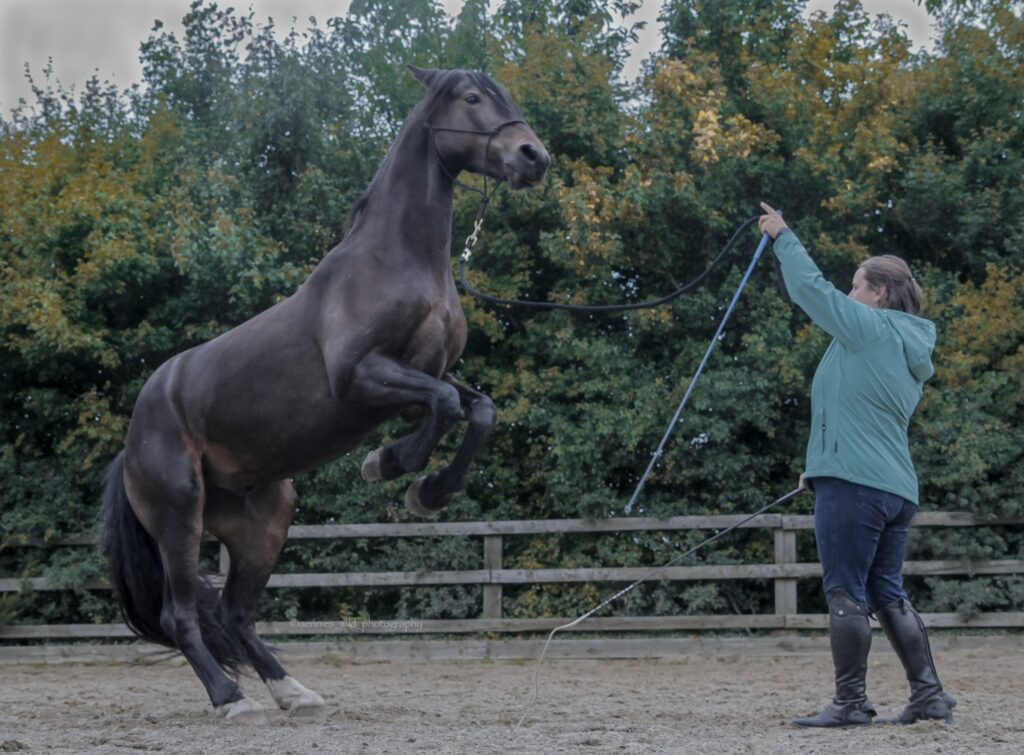
A: Do all the horses need to know all the tricks or do you have horses for specific trick’s?
There are definitely a base of tricks and things and scenarios all horses can do. Most horses have to do it. You will have the odd horse that doesn’t like the fire or flags but most of them will do all of the basics. Battles, fire, shields, flags, swords, costumes, sets, cameras, booms and people running and bumping into each other – they all have to be ok with all of that at the very least.
What they say in the film is – you have ACTION horses and you have ACTOR horses. Your actor horse has a bit of a more settled temperament, quiet,more laid back and they do all the tricks, they don’t mind any of that. They are generally very good allrounder and they can nearly be ridden by everyone. They’re safe and sensible.
And then you have the action horses who will do battle scenes for example and are ridden
by stuntmen and really have that extra ‘flare’ and presence to them. They are all quiet but they have a bit more of a go. We are very lucky as we have a couple of horses who could actually do both.
A: How do you pick a horse? Are they already ridden or do you start them and train them and how old are they? Also I’d like to know when they retire?
L: We are looking for horses with a nice temperament and a presence. We wouldn’t be picky breed wise. It’s more about the character of the horse. For example we like thoroughbred, as they are usually really trainable and very good for certain rolls and then stronger breeds for other rolls. But anything really as long as it is kind. Sometimes you are looking for a special look that would suit something special. The thoroughbreds are great for battle scenes, but then you have different types when you’re looking for a “hero horse”.
We don’t have a preference on breed or age. If the right horse comes along it doesn’t matter. If they are already schooled, we prefer that they haven’t done too much. But every horse that comes through the gate here, has to go back to basics and do the same training or is going to be “retrained”. We have to make sure that we have buttons we can use. After that we will decide in what kind of field we’d specialise in or in what kind of team it would play.
We don’t have a retirement age. We let the horse decide when they’re done. We have a lot of ex race horses and they were started early in their life – so they might retire earlier or later on in their film career they’ll slow down and have an easier life. As long as they’re healthy, happy and sound we let them work. They’ll tell us when they’ve to slow down and when they need to retire.
A: What would be films and shows we know where you have been involved with your horses?
L: Movies, ads, and shows. We have been very fortunate to work with some brilliant and very talented people.
One of our favorites would be Disney’s Disenchanted in the summer of 2021. We provided the horses for Disenchanted and had some fantastic carriages (which you can see now on Disney+!) and worked with a brilliant team there. It was fantastic to work with some really big names and a great cast. It was also amazing the main location was just 5 minutes down the road in Enniskerry, and who doesn’t want to work on a Disney movie?!
A: How do you deal with pressure on set and how do you deal with frustration from your or the horse’s side – f. e. when certain things don’t work? How would it work on set? Is there time pressure or could you ask for a break for yourself and the horses to reset?
L: To be honest, that can be a tricky one. We try our very best to avoid these kinds of situations by preparing them well enough. We need to have a lot of patience during training and every situation has to be solid before we bring them out. We don’t want to bring out green or inexperienced horses as it is a recipe for disaster. We take them away from home and try to get them used to these kinds of situations as much as they can before they go on set. Sometimes you need plan a, b, c and sometimes even a plan d.
You need to cover all the possibilities. If nothing works, take a break and reassess.
Directors are usually quiet understanding as it is still an animal but on the other side – everyone wants to get their jobs done. Time pressure is always huge on set.
There is a job to be done, if it doesn’t work – change it.
Everything has to run as smoothly as possible and that is our job. We need to prepare for it as well as possible.
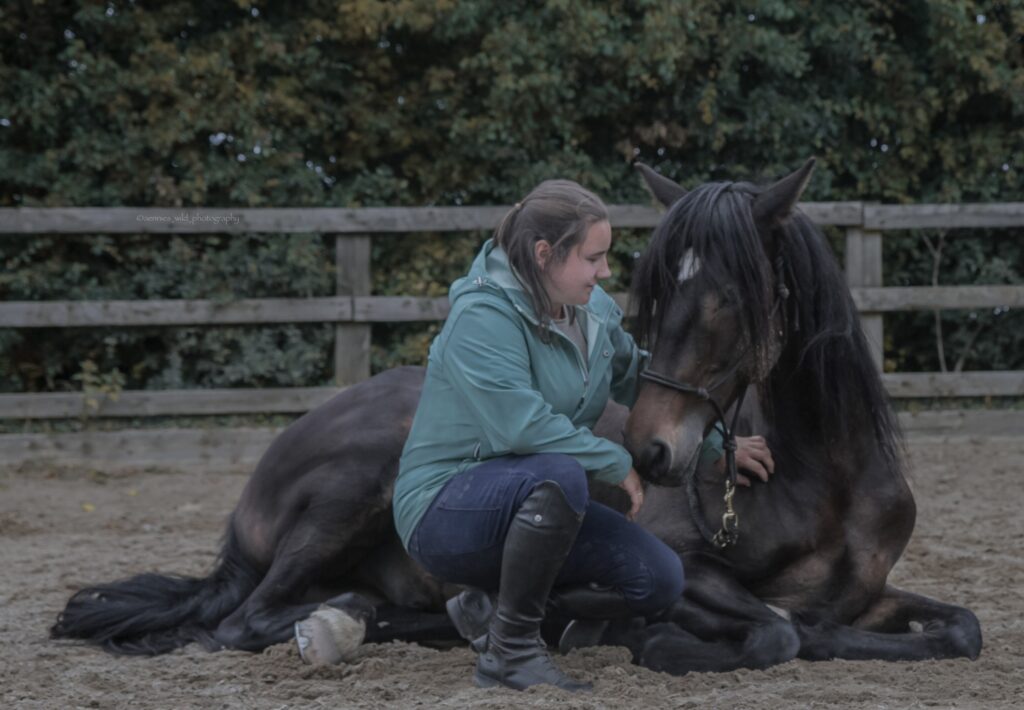
A: One last question! Would you change anything in your life – horse related – if you could?
L: Emm… No, I don’t think so. As I have said above, I consider myself very lucky to have worked with and learned from some incredible coaches & people in my horse life so far and all of that has led me to where I am now, to be confident enough to successfully work & train my own horses. There is always the exception and there will always be a horse that makes you question everything, but I think that is how you keep learning and improving and every day is a school day. You know what they say – The more you know, the more you realise you don’t know! As long as I can still work with horses and keep learning and improving, I’ll be happy.
Thanks again Lisa, for taking the time out to see us. I enjoyed it, especially my experience with Furbo!
If you want to see Lisa’s horses in action – watch the new Disney movie Enchanted.
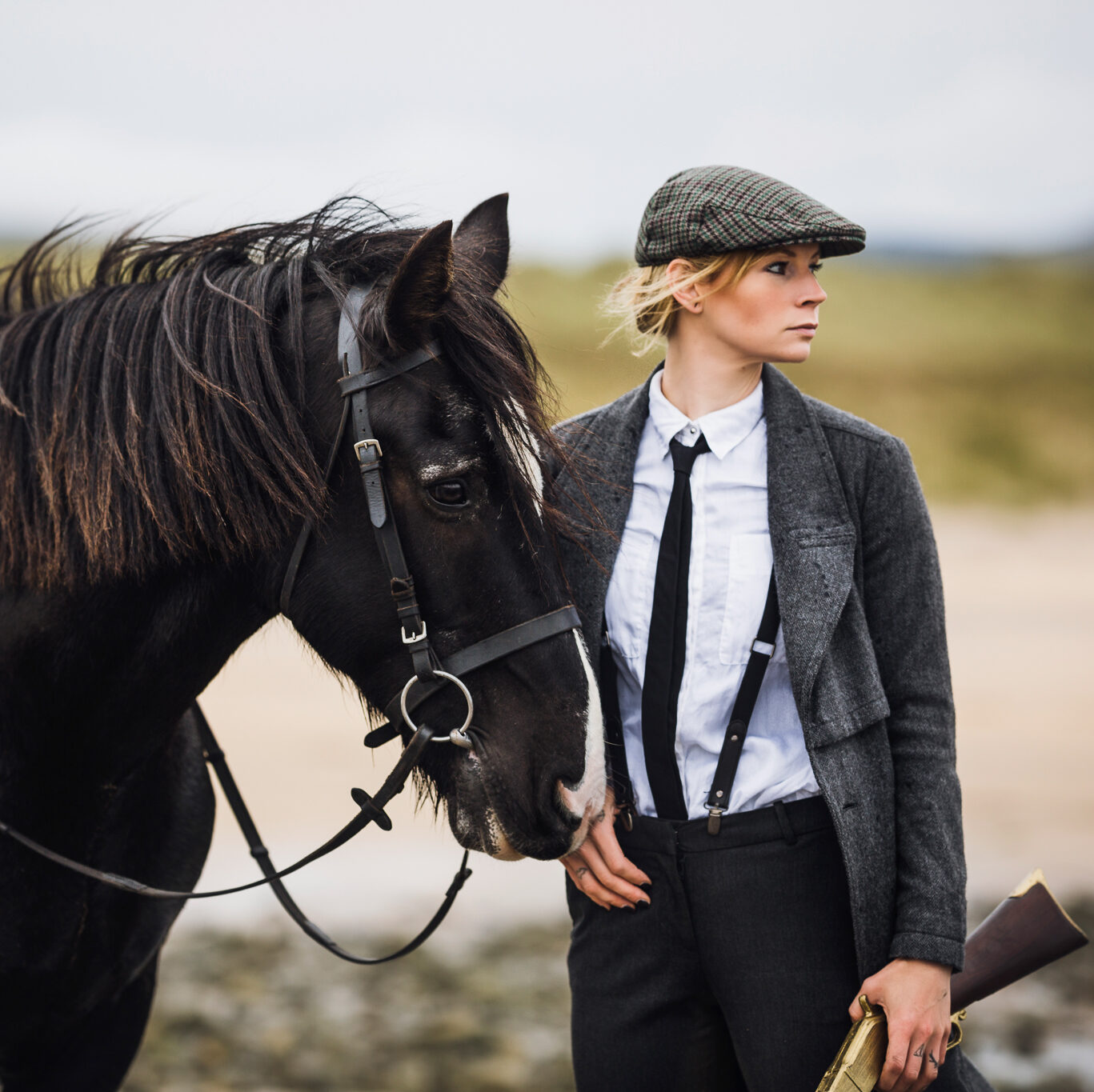

Share
Your subscription is 100% Free for our first year, No credit card details required.
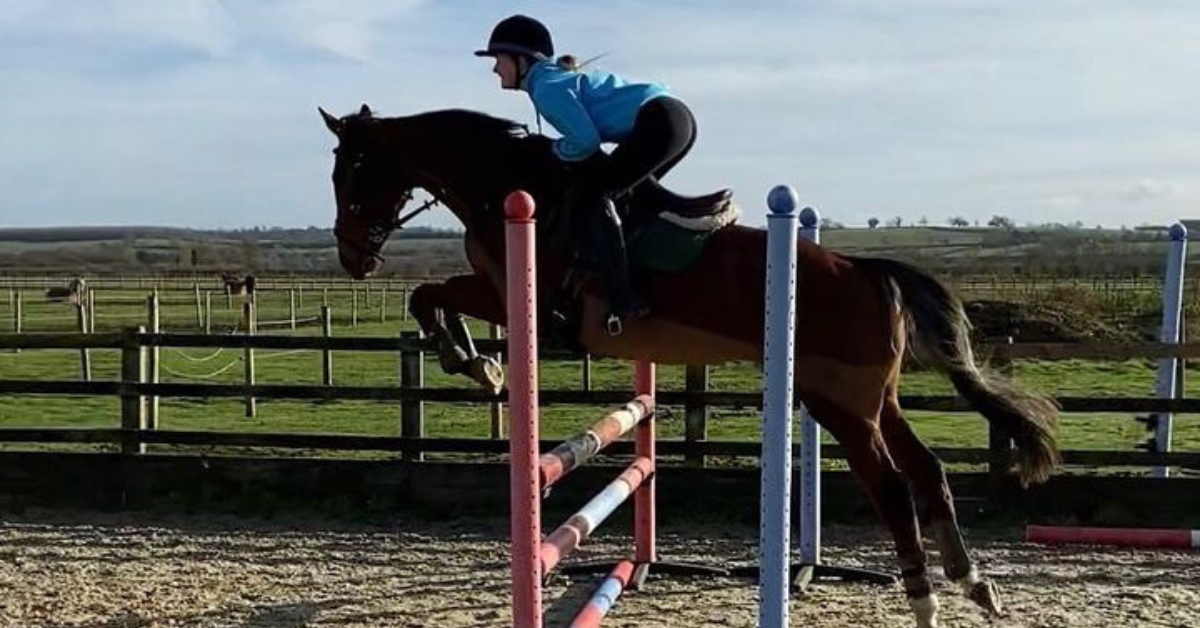
Molly Perkins: Triumph Over Adversity and Inspiring a New Generation At just 21 years old, Molly Perkins is not just
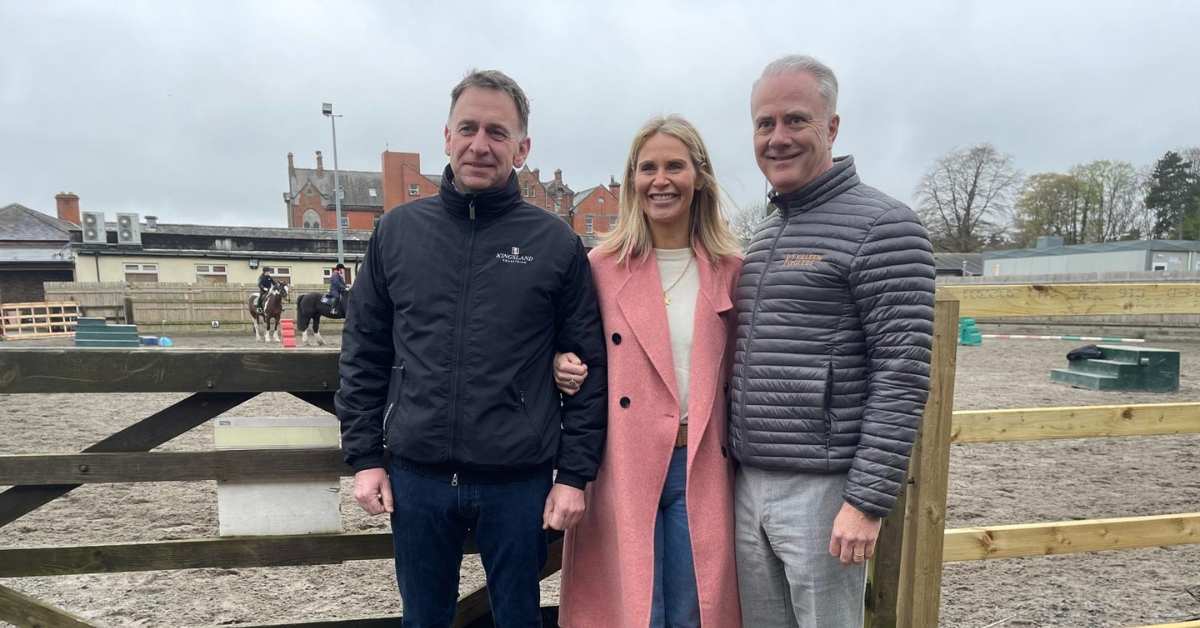
Anybody who was lucky enough to know Jack, or even to have met him briefly will know that his love
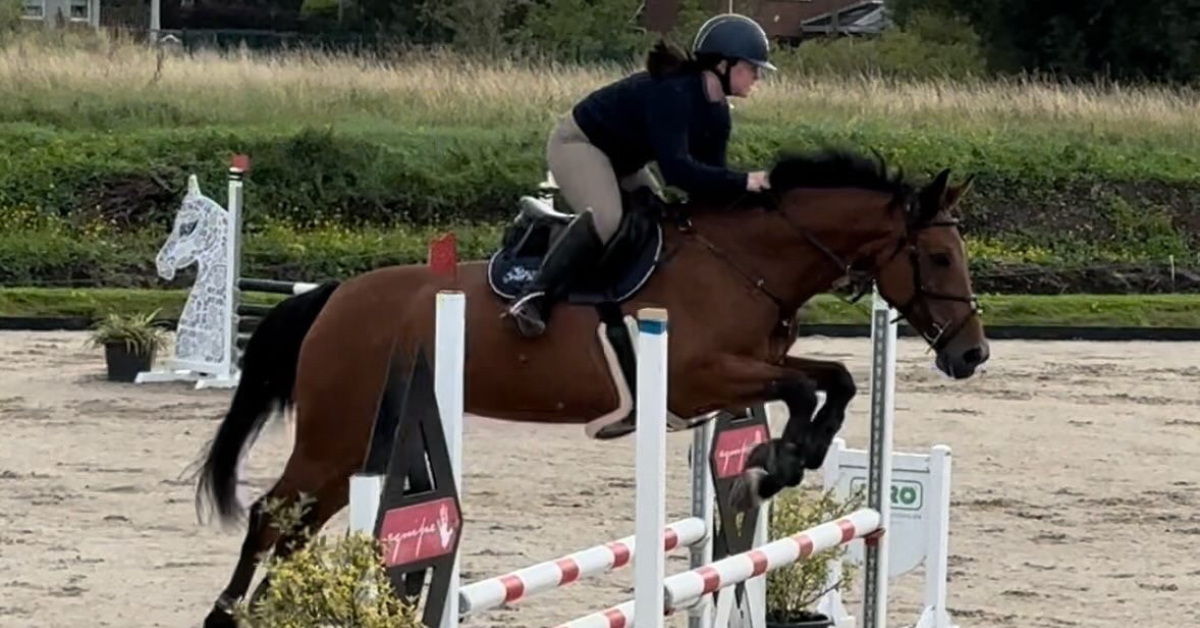
Emma Heffernan: Defying Odds and Redefining Strength in the Saddle In the heart of Co. Cork, Emma Heffernan is not